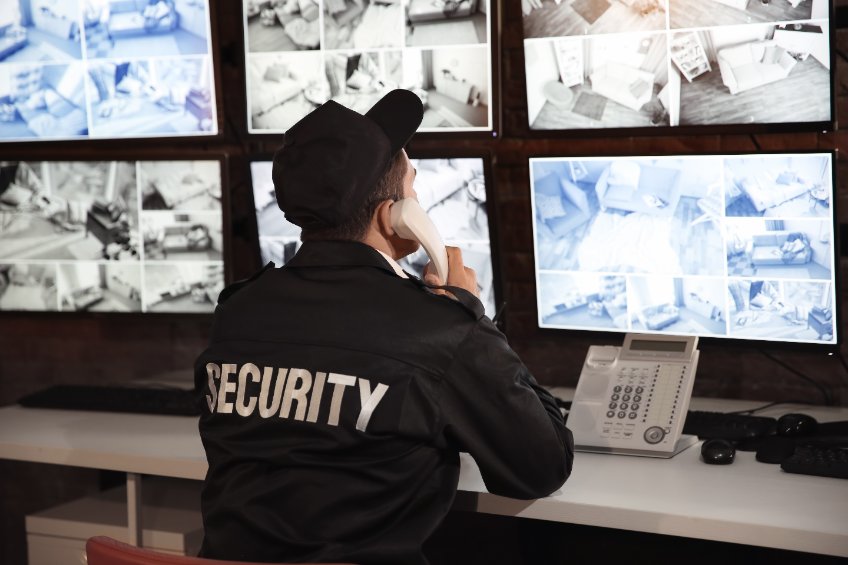For some people, workplace security means being able to hang onto a job. But for business owners, it means protecting the organization from all potential threats.
When it comes to maintaining a safe, healthy, and profitable workplace, it’s important to give workplace security the big-picture attention it deserves.
What kinds of things should you be thinking about?
Let’s start with your data
Are you aware that the average cost of a data breach globally is $3.86 million? And that’s just the average. The cost of a mega-breach can range from 40 to 300 million dollars. Yikes. That’s a huge expense, especially since data breaches are usually sudden and unexpected.
So while the numbers can vary greatly, the facts don’t. Lose your data, and it will cost you. Investing in data security measures will help make sure this doesn’t happen. Here are a few basic things you can do to help your data stay secure:
- Educate your employees about how to create secure passwords.
- Educate your employees on how to spot suspicious emails and secure data and its copies, both hard copies and electronic.
- Evaluate your processes for how data is handled, stored, and disposed of.
- Create a strategy for how to deal with work-related technology and devices.
- Keep your software updated.
- Monitor internet and network activities.
- Use spam and email filters.
- Consider encryption options and two-factor identification.
- Offer or invest in identity theft protection.
Train your staff on these issues regularly. Training on these issues requires time and resources, but not doing these things could cost you far more.
Protecting your assets
Data thieves are everywhere, but that’s not the only concern. There are plenty of old-fashioned criminals out there who are very interested in taking your stuff. Even worse, some of them might be working for you.
Make sure you have systems to protect your product, inventory, and cash flow. Depending on your business, this could mean anything from investing in security guards, alarm systems, and video surveillance, to refining your inventory, accounting, auditing, and internal processes. You may also want to implement an anonymous fraud hotline where employees can report suspicious activity.
If you haven’t done a risk assessment recently, there’s no time like the present. As businesses change, so does risk. The threats you identified 10, 5, or even two years ago may not be the same threats you’re facing today.
Identify potential vulnerabilities, rank your priorities, and ensure you’ve got preventative and protective measures to address them. A trusted insurance consultant can be a very helpful advocate here.
The human side of risk
While we’re at it, let’s talk about investing in additional forms of security— for your buildings, offices, and employees.
It’s not just about protecting your assets; it’s about protecting you and your people. Putting a lock on the door and calling it safe may have worked at one time, but not anymore. Like it or not, workplace violence is on the rise, and emergency preparedness is becoming increasingly important.
When was the last time you discussed your company-wide emergency/crisis management plan? Is it up to date? Do your employees know what to do if something happens? Is there a protocol in place for how to handle a workplace incident or disaster? Are there ways to mitigate confusion, damage, and loss?
Here are some key things you can do to help keep your workplace and staff safe.
- Always check references and encourage employees to report threatening or unusual behavior.
- Educate and train managers and staff on identifying warning signs and handling potentially dangerous situations.
- Assess your security systems and protocol. How do people get in and out? Who has access? Locking doors, panic buttons, and bulletproof glass may seem overkill, but you’ll want to look into your emergency procedures to see what seems right for your organization.
- Create emergency plans for various circumstances, including man-made and natural disasters. Share them with the team and practice them regularly.
- Come up with a detailed communication plan for emergency notification procedures.
If this sounds overwhelming, work with a professional consultant or organization that specializes in putting together this kind of plan. In a perfect world, you’ll never need to use it. But, if you need to put an emergency plan into action, you’ll be glad you have one that’s well thought out and ready to go.
Content provided by Q4iNetwork and partners
Photo by serezniy
